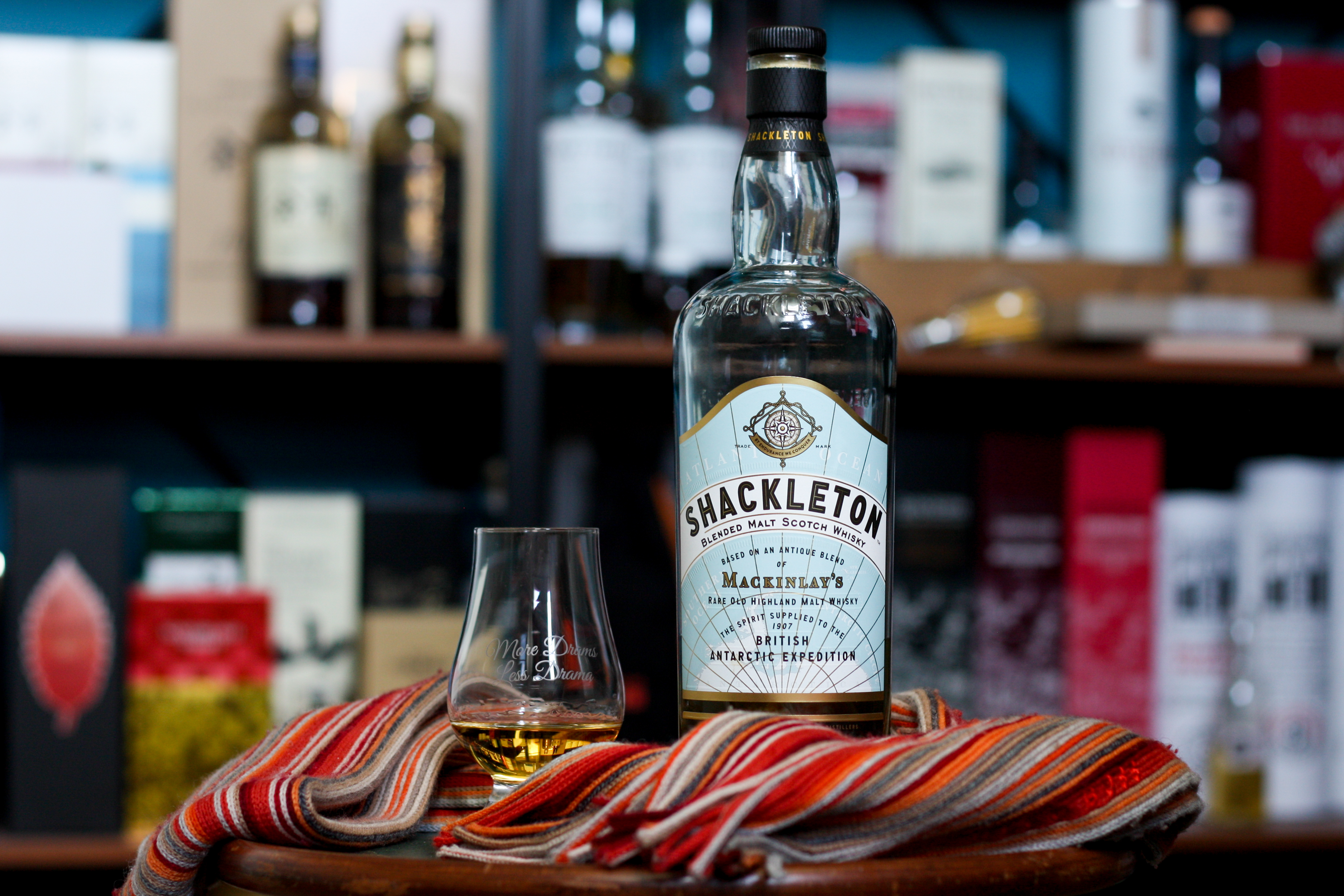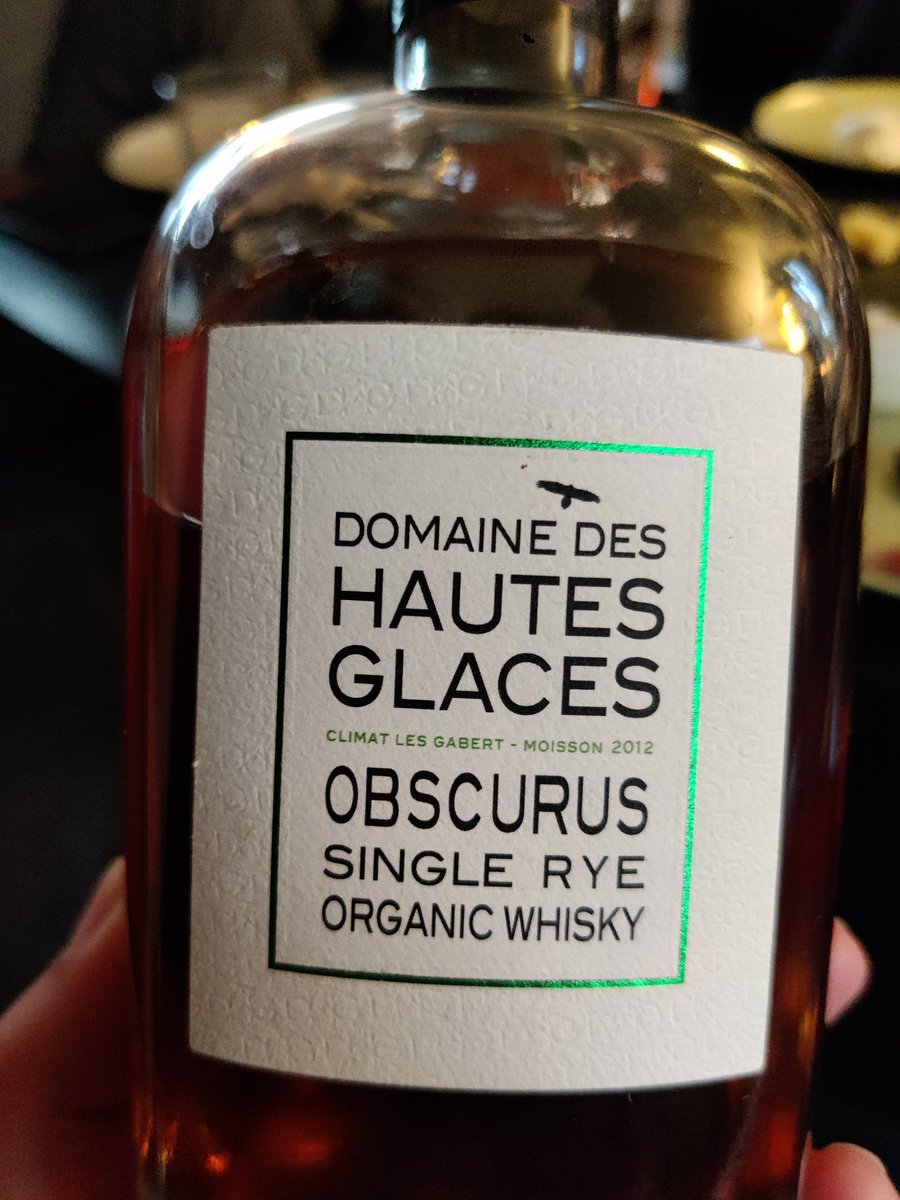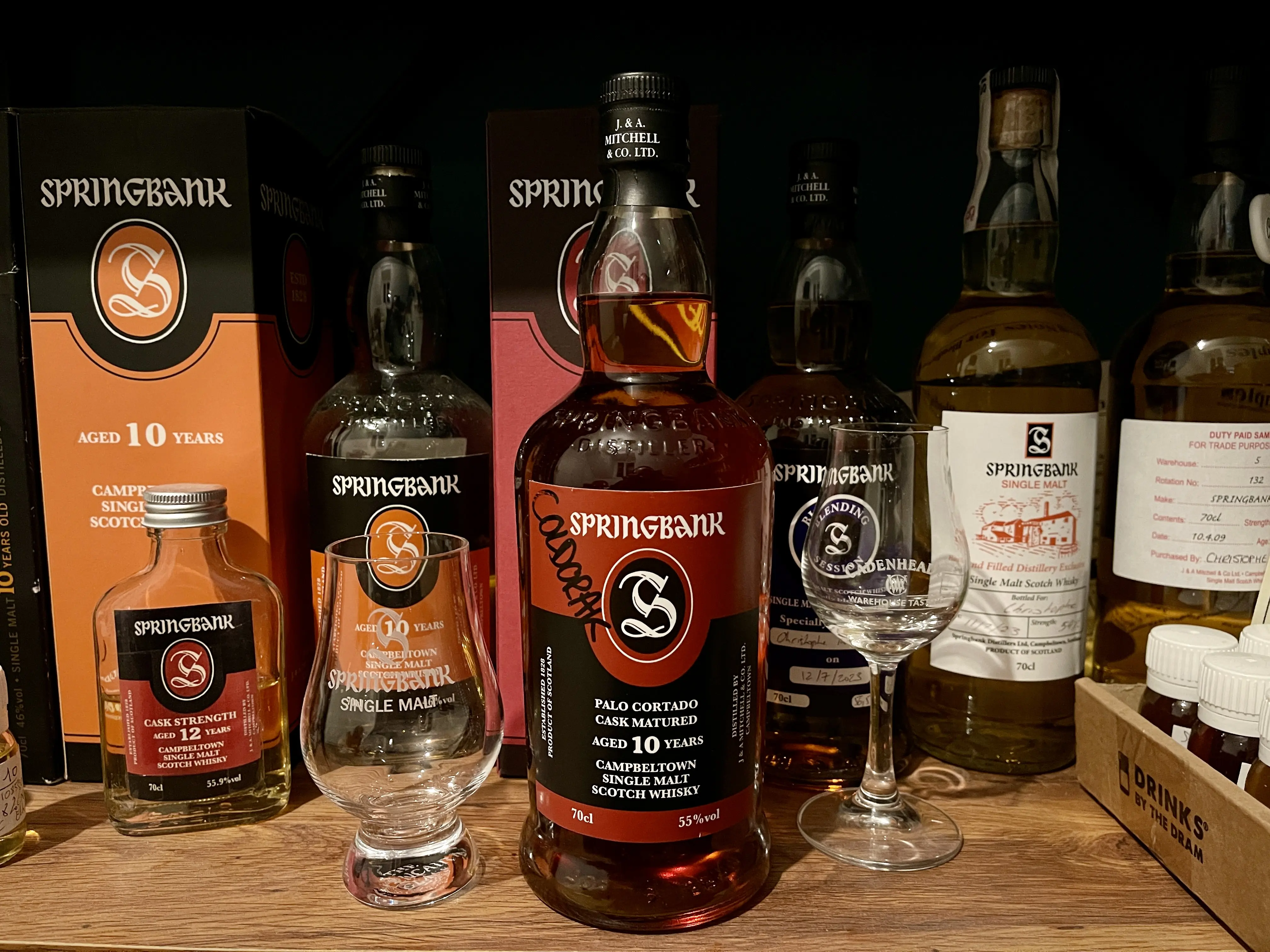Having high expectations for a product can be both a blessing and a curse. On the one hand, high expectations can create excitement and anticipation, making the experience of obtaining the product more enjoyable. However, there is also a risk of being disappointed or not satisfied when the product does not meet those expectations. I have been anticipating this first peated Bimber release since I’ve tried their stunning peated new make, back in 2019. For one of the firsts ever articles on this blog. So when Matt McKay reached out to offer to send me a sample, I obviously said yes in less time than needed to say well, er… yes. Okay, I guess this doesn’t work as I hoped. Anyway, let’s review this Bimber The 1st Peated!
High Expectations
One of the risks of having high expectations about something is that it may not live up to those expectations. This can result in disappointment and a feeling of being let down. This can be especially disappointing if the whisky – because here it’s all it’s about – was highly anticipated or if a significant amount of money was spent on it.
Another risk of having high expectations is that it can create unrealistic expectations for the whisky. This can lead to disappointment even if this whisky is of high quality and tastes great. For example, if a person has extremely high expectations for a smartphone, they may be disappointed even if the phone is well reviewed and performs well in most areas, because it doesn’t perform or do something as great as they hoped it would.
Having high expectations can also lead to a feeling of disappointment if the product does not meet the individual’s personal preferences or needs. If we go back to the example of the smartphone, if a person is expecting that smartphone to have certain features or capabilities that it does not have, they may be disappointed even if it is well regarded by others and reviews.
So whilst having high expectations can create excitement and anticipation, there is also a risk of being disappointed or not satisfied when the product does not meet those expectations. It is important to keep expectations realistic and to consider the product’s features, capabilities, and overall quality before making a purchase.
In this case, I have to admit I have high expectations of this first Bimber peated whisky, because I’ve tried their new make, I have bought several of their releases, and I know how high the usual quality of their whisky is. So fingers crossed, and let’s pour the sample into my glass.
Bimber The 1st Peated Review
The 1st Peated is, as its name implied, the first peated release from Bimber Distillery. As Bimber likes to do things by hand, the barley comes from their usual single farm. They imported the peat from Aberdeenshire, in the Highlands, and floor malted and kilned using that peat, by hand, themselves. Don’t be surprised, you should know how the guys at Bimber are, now. Then, as usual, the malt was fermented for seven days in their wooden open-top washbacks, and distilled using their direct-fire heated small copper pot stills. The spirit, their earliest fully peated distillation, done in May 2019, was matured in American oak ex-bourbon casks, which gave an outturn of 1,140 bottles. These were filled at 54.1% ABV, and as usual with Bimber, without chill filtration nor colouring.
For transparency, Bimber communicates about the in-bottle peat level (the famous PPMs), as fermentation and distillation will have different impacts on the final whisky depending on the whisky production process from a distillery to another. That’s why two distilleries having their malt peated at 50 PPM might have for one a whisky feeling heavily peated, and for the other a whisky feeling lightly peated. So what’s the in-bottle PPM level for Bimber? 14.4. Can you compare it to another whisky? Well, almost no distillery displays the in-bottle PPM, but the Ailsa Bay Sweet Smoke 1.2 seems to be at 22.2, and does feel more peated indeed. Back to this Bimber, the 1140 bottles were first reserved for Bimber Founders, who had a guaranteed opportunity to buy a bottle, and the rest was decided through a ballot. The RRP was £130.

Colour:
Between deep gold and copper. On the side of the glass, small beads quickly form on the crown, but then take several moments before turning into thin slow descending legs.
Nose:
Neat: Good intensity. Immediately the peat is there, dry, floral, ‘highland-y’. Cold charcoal, but also, that I wasn’t expecting, some maritime notes of dried kelp, seaweed and brine. There’s some cartridge gunpowder as well, unspent. Then, after a moment, the peat smoke dissipates a bit, letting citrusy flavours shine through, with lime zest, pineapple, and an ever so slight note of tropical fruits.
With water: For me the water made the citrusiness (let’s pretend the word exists) disappear. Only the smoke and wood and dryness remain.
Palate:
Neat: Soft and syrupy arrival … but the softness doesn’t stay long and a kick of spices with ashy smoke quickly come through. The lime from the nose became lemon, with hints of green apple. There are some empyreumatic notes of roasted coffee beans and raw cocoa powder. Heavily charred wood, you really have the feeling of licking cold coal or burnt wood. Behind this, you have to dive deep in order to find sweeter notes of caramel, vanilla and honey, as well as herbal liqueur.
With water: Dark chocolate, some grapefruit, black tea, but here the citrus remains.
Finish:
Long, warm, the ashy smoke lingers on but leaves more place to spices, with ginger, pepper and chili. It’s not dry as the drying effect you’d get from an oloroso matured or finished whisky, but the feeling of licking something quite dry. Very long finish even, maybe longer after reduction.
Comments:
Okay. First, let’s remain objective, even though I adore Bimber and what they do. I’m a ‘professional’ (yeah, right), after all. This is a very, very good peated whisky. Thanks to its young age and the fact that the malt was heavily peated at the start, the peat remained quite intense in the final products. We’re not on Octomore level, but I’d say we’re at least at Lagavulin and Ardbeg levels in the bottle. But, because there’s a but. I expected maybe a bit more fruitiness, and between the heavily charred casks and the heavily peated malt, I think the smoky notes don’t leave too much place for the rest. I’m not saying it’s bad. As I’ve said, it’s a very, very good whisky. But maybe not a fantastic one. It may have to take older casks, and maybe less heavily charred ones, for this to become great. And I know it will, because I’ve tried several times their peated new make, and it’s stunning. High expectations I said at the start of this article. Were they all met? Not all. Am I disappointed? Absolutely not. It just turned out slightly different to what I expected, with maybe more fruity and sweetness influence from the casks.
You might also wonder about an asking price of £130 for a 3-year-old whisky. Sure, it’s a lot, especially compared to whatever whisky you can find anywhere, older and yet less expensive. But remember your industrially produced Glen-whatever 12-year-old might be completely computer produced, whilst here, the distillery is still very young, and everything is really done by hand (and I know, I’ve visited the distillery), even the malting and the kilning using peat. Quality and handcraft do have a price. Price that, by the way, is just £5 above the price of their first even release, The First*, five years ago. Had I been selected by the ballot (unfortunately I wasn’t), I would still have paid that price without a hesitation.
Rating: 87/100
(*) Isn’t it refreshing when, even though they have a marketing professional, now Director of Whisky Creation and Outreach, they have a complete lack of imagination regarding the name of their releases? 😀
Sample provided by Bimber. As usual, this does not have an impact on what I think and write about the whisky reviewed. But thank you, Matt! Pictures provided by Bimber.


